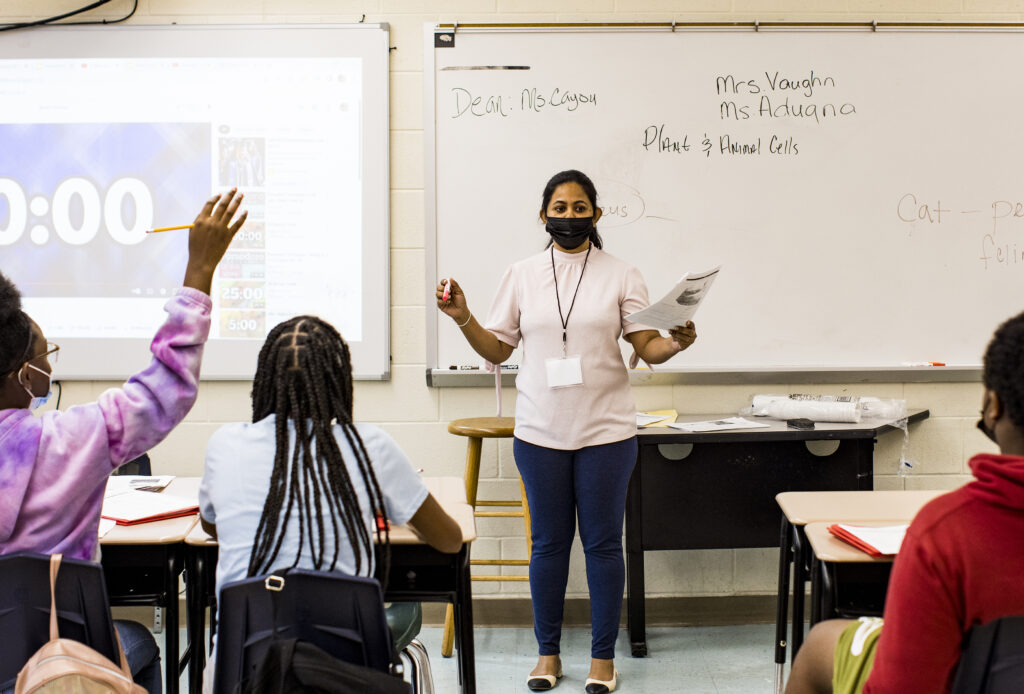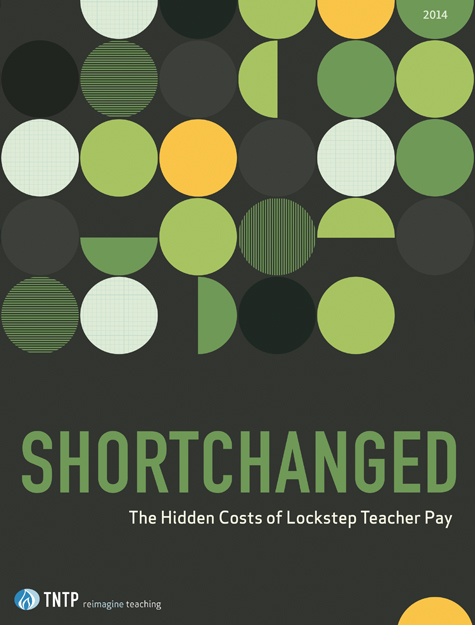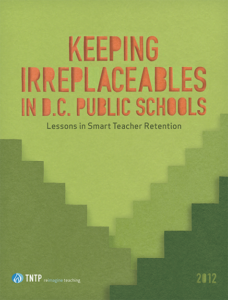Publication
Shortchanged
The Hidden Costs of Lockstep Teacher Pay
Nobody goes into teaching to get rich, but that’s no excuse not to pay teachers as professionals.
Compensation is one of the most important factors in determining who enters the teaching profession and how long they stay—yet 90 percent of all U.S. school districts pay teachers without any regard for their actual performance with students, shortchanging our best educators. If we seriously believe in the value of great teaching, we have to not only pay teachers more but also pay them differently.
Shortchanged examines why lockstep pay undermines the value of great teaching and hurts students and teachers, making it difficult to recruit and keep top talent, and discouraging high performers from teaching where they’re needed most. It’s time to build smarter compensation systems that actually pay for what really matters: how hard teachers’ jobs are and how well they’re doing them. Schools and districts can—and should—free up existing funds and pay teachers according to three principles:
- Raise early-career salaries, to compete with other professions for top talent. It’s especially important to make sure that effective teachers can move quickly up the pay scale in the first five years on the job.
- Offer raises for strong classroom performance, to encourage high performers to stay.
- Create incentives for great teachers in high-need schools, to get the best possible teachers in the schools with the greatest challenges.
Smarter teacher compensation isn’t just hypothetical. It’s possible to build compensation systems that value great teaching without an influx of new funding, and more than 25 districts, states and charter networks across the country are proving it.
Additional Resources
Related Topics
Stay in the Know
Sign up for updates on our latest research, insights, and high-impact work.
"*" indicates required fields

Imali Ariyarathne, seventh-grade teacher at Langston Hughes Academy, introduces her students to the captivating world of science.
About TNTP
TNTP is the nation’s leading research, policy, and consulting organization dedicated to transforming America’s public education system, so that every generation thrives.
Today, we work side-by-side with educators, system leaders, and communities across 39 states and over 6,000 districts nationwide to reach ambitious goals for student success.
Yet the possibilities we imagine push far beyond the walls of school and the education field alone. We are catalyzing a movement across sectors to create multiple pathways for young people to achieve academic, economic, and social mobility.



